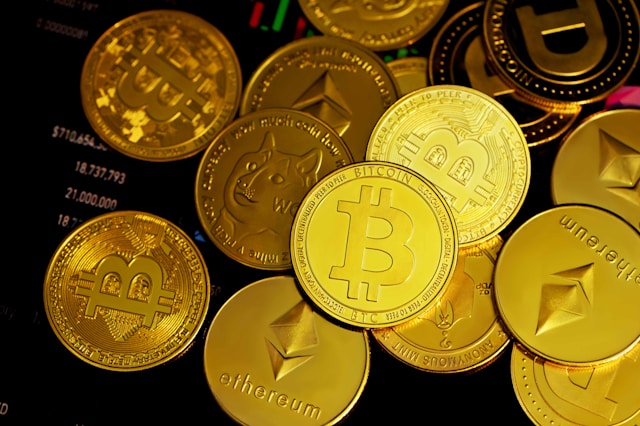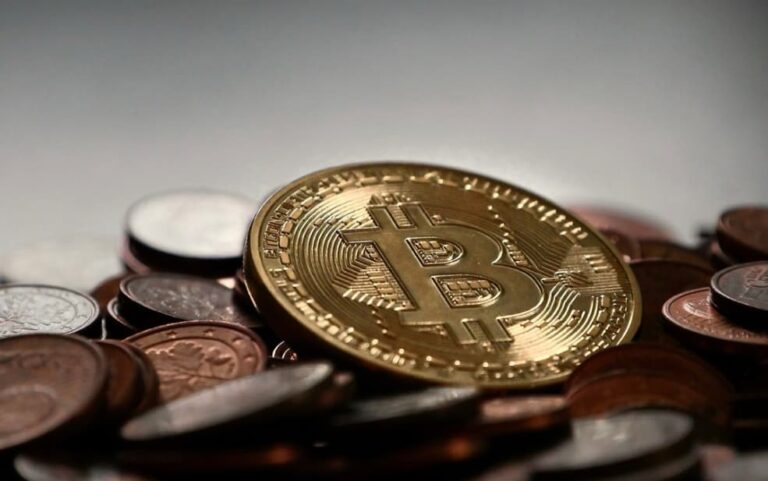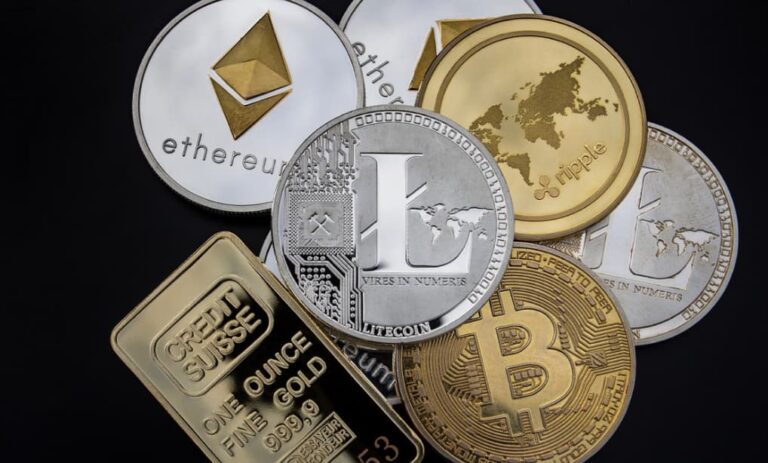Understanding maker and taker fees can transform your trading experience. These fees play a crucial role in how you buy and sell assets on exchanges.
When you place a limit order that adds liquidity to the market, you become a maker and usually pay lower fees. Conversely, executing orders that take liquidity by matching existing orders classifies you as a taker, which might come with higher costs. Grasping the difference helps you optimize your trades and keep more of your profits.
By mastering the dynamics of maker versus taker fees, you can make smarter decisions and enhance your overall trading strategy.
Understanding Maker vs Taker Fees
Maker and taker fees differentiate your trading actions based on order types. Knowing these fees helps you manage trading costs effectively.
What Are Maker Fees?
Maker fees apply when you place limit orders that add liquidity to the market. These orders remain on the order book until matched. As a maker, you help maintain market depth, earning lower fees. For example, setting a buy limit order below the current market price makes you a maker.
What Are Taker Fees?
Taker fees occur when you execute orders that remove liquidity from the market. These orders match existing orders on the order book immediately. As a taker, you incur higher fees because you take advantage of available liquidity. For instance, placing a market order to buy instantly fulfills a sell order, classifying you as a taker.
The Impact on Traders
Understanding maker and taker fees is crucial for managing your trading expenses and enhancing your trading approach.
Cost Implications
Maker fees are typically lower, allowing you to save money when adding liquidity with limit orders. For example, many exchanges charge makers 0.1% per trade, while takers might face a 0.2% fee. By consistently placing limit orders, you reduce your overall trading costs.
| Fee Type | Typical Percentage |
| Maker | 0.1% |
| Taker | 0.2% |
Influence on Trading Strategies
Choosing between maker and taker fees affects how you execute trades. If you prioritize lower fees, you might focus on placing limit orders to become a maker. Conversely, if speed is essential, you may opt for market orders, accepting higher taker fees for quicker order execution. Balancing these choices helps optimize your trading efficiency and profitability.
Comparing Fee Structures Across Platforms
Understanding fee structures is crucial for optimizing your trading strategy. Different platforms offer varying maker and taker fees that can impact your overall costs.
Major Exchanges and Their Fee Models
Different exchanges have unique fee models. Here’s a comparison of some leading platforms:
| Exchange | Maker Fee | Taker Fee |
| Binance | 0.10% | 0.10% |
| Coinbase Pro | 0.50% | 0.50% |
| Kraken | 0.16% | 0.26% |
| Bitfinex | 0.10% | 0.20% |
| Gemini | 0.35% | 0.35% |
These fees may vary based on your trading volume and account tier. Lower fees often apply to higher trading volumes, encouraging active trading.
Choosing the Best Platform for Your Needs
Select a platform that aligns with your trading style and volume. Consider the following factors:
- Fee Structure: Compare maker and taker fees to minimize costs.
- Trading Volume: Higher volumes may qualify you for reduced fees.
- Platform Features: Look for tools and resources that support your trading strategy.
- Security: Ensure the exchange has robust security measures to protect your assets.
- User Experience: A user-friendly interface can enhance your trading efficiency.
Evaluate these aspects to choose a platform that best suits your trading objectives and helps maximize your profitability.
Strategies to Optimize Fees
Reduce your trading costs by implementing effective fee optimization strategies.
Utilizing Limit Orders
Limit orders add liquidity to the market, identifying you as a maker. Consistently placing limit orders results in lower maker fees. For example, on Binance, maker fees start at 0.1%, whereas taker fees are 0.2%.
Leveraging Volume Discounts
High trading volumes can qualify you for fee discounts. Exchanges offer lower fees based on your monthly trading volume. Below is a comparison of fee tiers across major exchanges:
| Exchange | Monthly Volume | Maker Fee | Taker Fee |
| Binance | Over 50 BTC | 0.02% | 0.04% |
| Coinbase Pro | Over $1M | 0.00% | 0.00% |
| Kraken | Over 10 BTC | 0.00% | 0.10% |
| Bitfinex | Over 100 BTC | 0.10% | 0.20% |
| Gemini | Over $500K | 0.05% | 0.10% |
Increasing your trading volume allows you to benefit from reduced fees, enhancing your overall profitability.
Conclusion
Understanding maker and taker fees empowers you to make smarter trading decisions. By strategically using limit orders you can minimize costs and boost your profitability. Selecting the right platform that aligns with your trading style further enhances your efficiency. Keep an eye on your trading volume to take advantage of fee discounts and maximize your gains. Embracing these strategies allows you to navigate the trading landscape confidently and retain more of your hard-earned profits.









